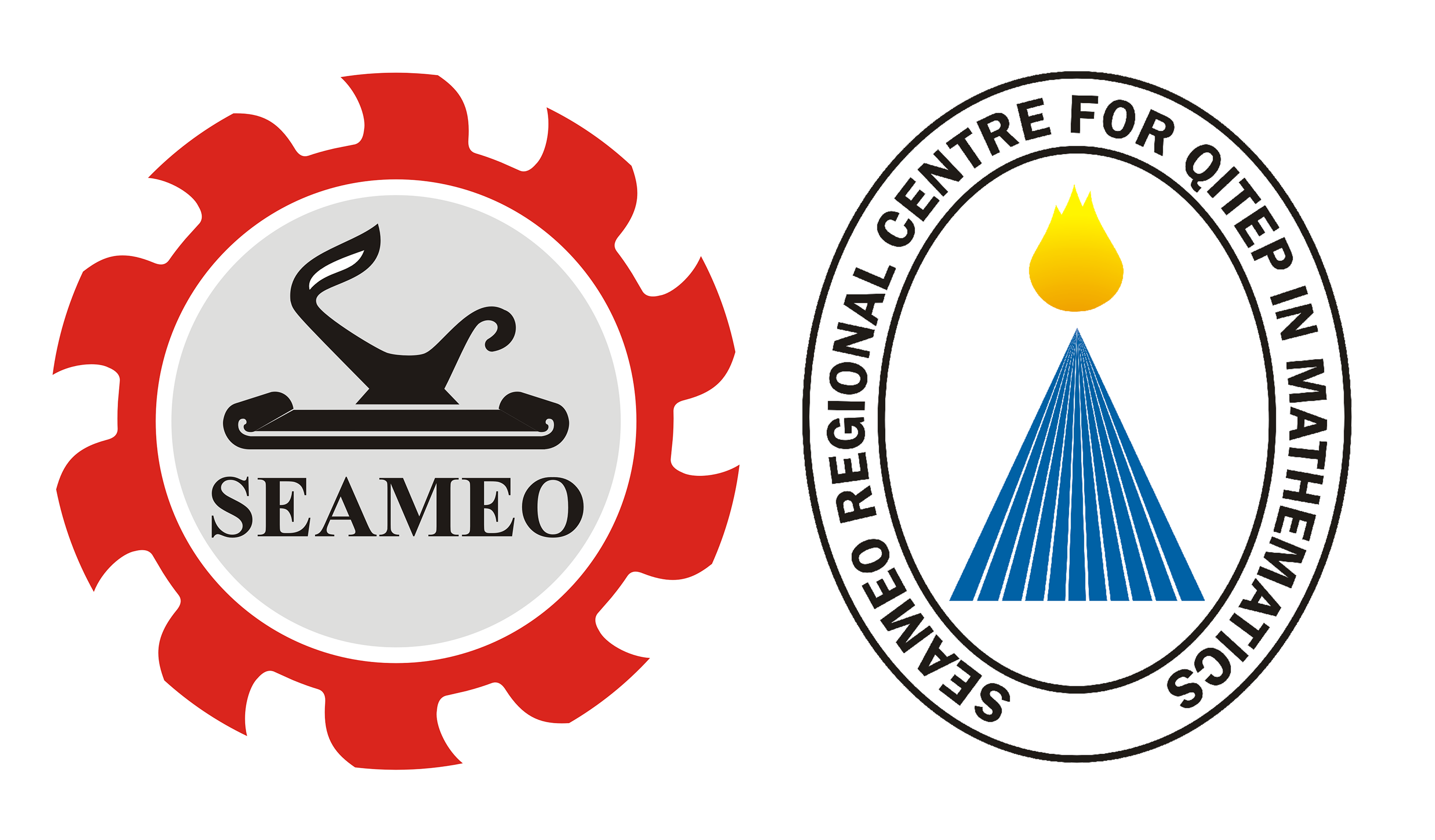Analisis Kemampuan Metakognisi Siswa Dalam Pemecahan Masalah Matematik Pada Pembelajaran Berbasis Masalah
Abstract
Full Text:
PDF (Bahasa Indonesia)References
Abdurrahman, M. (2012).Education of Children that Difficult to Study. Jakarta: Rineka Cipta
Aljaberi, N.M & Eman Gheith. (2015). University Student’s Level of Metacognitive Thinking and their Ability to Solve Problems. Jurnal: American International Journal of Contemporary Research, 5(3).
Arends, Richard I. (2008). “Learning to Teach”. New York: Mc Graw Hill Companies.
Arends, R.I. (2012). Learning to Teach, 9thEdition. New York: McGraw-Hill, a business unit of The McGraw-Hill Companies, Inc.
Eggen, P. & Kauchak, D. (2012).Strategi dan Model Pembelajaran Mengajarkan Konten dan Keterampilan Berpikir. Jakarta: Indeks.
Hoe, L.N. dkk.(2001). The Role of Metacognition in the Learning of Mathematics Among Low Achieving Students. Singapore: Institude of Education Teaching and Learning, 22(2)18-30.
Jayapraba, G. (2013). Metacognitive Instruction and Cooperative Learning-Strategies For Promoting Insightful Learning In Science.Research Scholar.University Tirunelveli India.International Journal on New Trends in Education and Their Implications. 4(5):165-172.
Moleong, L.J. (2014). Metodologi Peneltian Kualitatif. Bandung: PT Remaja Rosdakarya.
Mustafa, dkk. (2017). Development of Learning Devices Through Problem Based Learning Model to Improve Students Metacognition Skill at SMPN 17 Medan. Journal Education and Practice.8(24), 34-41.
North Central Regional Educational Laboratory (NCREL).(2007). Metacognition.(Online)
Ontario Ministry of Education., (2006), A Guide to Effective Instruction In Mathematics Kindergarten to Grade6, Volume Two: Problem solving and Communication, Toronto: Ontario
Özcan, Z. Ç. & Erktin, E. (2015).Enhancing Mathematics Achievement of Elementary School Students through Homework Assignments Enriched with Metacognitive Questions. Eurasia Journal of Mathematics, Science & Technology Education.Vol.11(6): 1415-1427.
Polya, G. (1985). How to Solve It 2nd ed Princeton. University Press: New Jersey.
Savery, J.R. (2006).Overview of Problem-based Learning: Definitions andDistinctions, Interdisciplinary Journal of Problem-Based Learning,Volume 1.
Sinaga, B. (2007). Pengembangan Model Pembelajaran Matematika Berdasarkan Masalah Berbasis Budaya Batak (PBM – B3). Disertasi PPs Universitas Negeri Surabaya.
Sugiyono.(2012). Metode Penelitian Pendidikan.Bandung: Alfabeta
Tan, Chin Pei; Van der Molen, H.T; Schmidt, H.G. 2015.To What Extent doesProblem Based Learning Contribute to Students’ Professional IdentityDevelopment?. Singapore: Elsevier LTd.
Trianto.(2009). Model Mendesain Model Pembelajaran Innovatif-Progresif. Jakarta: Prestasi Pustaka.
William, dkk.(2016). What We Think We KnowAbout the Tutor in Problem Based Learning. Australia: Elsevier LTd
DOI: https://doi.org/10.54314/jmn.v4i1.131
JURNAL MATHEDUCATION NUSANTARA ISSN : 2614-512X (Print) ISSN : 2614-5138 (Online) Published by Program Pascasarjana UMN Al Washliyah













